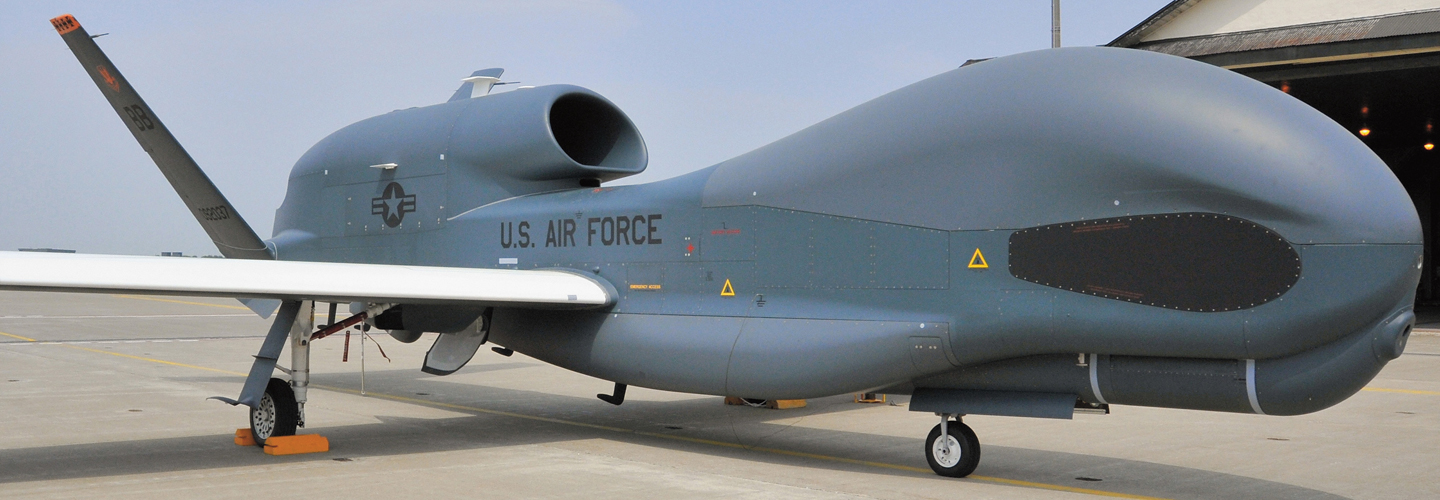When Holger Vömel boarded a propeller plane last September, he knew he was in for the ride of his life. The scientist at the National Center for Atmospheric Research in Boulder, Colorado, was about to fly into the eye of Hurricane Irma. Irma was one of 2017’s strongest hurricanes.
The closer Vömel’s plane got to the eye of the storm, the more turbulent the flight became. “You needed a seat belt or you might be thrown out of your seat,” he says. It rained so hard “it looked like the window was being sprayed with a fire hose.”
Holger Vömel boarded a propeller plane last September. He knew he was in for the ride of his life. He’s a scientist who works at the National Center for Atmospheric Research in Boulder, Colorado. He was about to fly into the eye of Hurricane Irma. Irma was one of 2017’s strongest hurricanes.
Vömel’s plane got closer and closer to the eye of the storm. Then the flight became more turbulent. “You needed a seat belt or you might be thrown out of your seat,” he says. It rained very hard. “It looked like the window was being sprayed with a fire hose,” he says.

